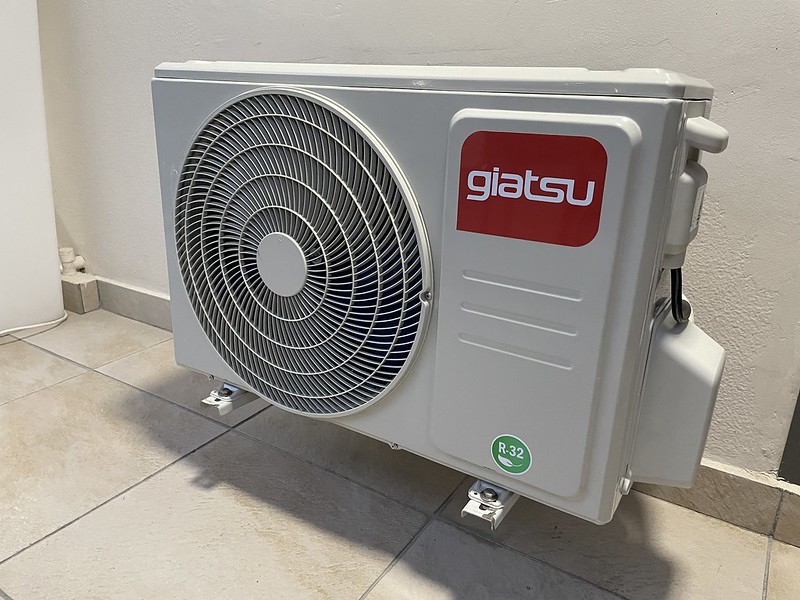Mini split systems are renowned for their efficient cooling and heating capabilities, but one of their key functions is to effectively remove moisture from the air. Maintaining a dry and comfortable indoor environment is crucial, and understanding the process of moisture removal in mini splits is essential for ensuring optimal system performance. In this comprehensive guide, we will delve into the intricate details of how to remove all moisture from mini split lines, providing you with a step-by-step playbook for a hands-on approach.
Identify the Condensation Mechanism
Mini split systems utilize an internally built condensation mechanism to remove moisture from the air during the cooling mode. This process involves the system collecting air, condensing it, and then draining the resulting moisture, effectively removing it from the indoor space. Understanding the underlying principles of this condensation mechanism is crucial for effectively managing moisture levels.
The key components involved in the condensation process include the evaporator coil, refrigerant lines, and the compressor. As the refrigerant circulates through the system, it absorbs heat from the indoor air, causing the air to cool and the moisture to condense on the evaporator coil. This condensed water is then channeled through the drainage system, expelling the excess moisture from the indoor environment.
Inspect and Maintain the Drainage System
Ensuring that the mini split system has a properly functioning drainage system is essential for effective moisture removal. Most mini split systems, particularly ceiling-mounted ductless models, come equipped with built-in drainage that expels the collected condensate through a dedicated pipe or hose.
To ensure the drainage system is working correctly, follow these steps:
- Visually Inspect the Drainage Line: Examine the drainage line for any visible obstructions, kinks, or damage that could impede the flow of condensate.
- Check for Proper Slope: Verify that the drainage line is installed with a slight downward slope, allowing the condensate to flow freely towards the outdoor unit or designated drainage point.
- Clear Blockages: If you encounter any blockages in the drainage line, use a flexible wire or a specialized drainage line cleaning tool to carefully remove the obstruction.
- Monitor for Leaks: Regularly inspect the drainage line and connections for any signs of leaks, which could indicate a problem with the system.
- Consider a Condensate Pump: In situations where gravity-based drainage is not feasible, install a condensate removal pump to actively pump the collected moisture out of the system.
Utilize the Dry Mode (If Available)
Some advanced mini split systems feature a specialized “dry mode” or “dehumidification mode” that prioritizes moisture removal over cooling or heating. When activated, this mode optimizes the system’s operation to focus on extracting excess moisture from the air, providing a more efficient and targeted approach to humidity control.
To utilize the dry mode:
- Identify the Dry Mode Feature: Consult your mini split system’s user manual or manufacturer’s documentation to determine if your specific model offers a dedicated dry mode.
- Activate the Dry Mode: Locate the dry mode setting on your mini split’s control panel or remote and select it to engage the enhanced moisture removal functionality.
- Monitor Humidity Levels: Regularly check the indoor humidity levels to ensure the dry mode is effectively reducing the moisture content in the air.
- Adjust as Needed: If the dry mode is not adequately lowering the humidity, consider supplementing the mini split with a standalone dehumidifier or adjusting the system’s settings.
Perform Regular Maintenance
Consistent maintenance of your mini split system is crucial for maintaining optimal moisture removal performance. Follow these steps to keep your system in top condition:
- Clean the Filters: Regularly clean or replace the air filters in your mini split system to ensure unobstructed airflow and efficient condensation.
- Inspect the Coils: Examine the evaporator and condenser coils for any signs of dirt, debris, or frost buildup, which can impede the system’s ability to effectively remove moisture.
- Clear the Drainage Line: Periodically check the drainage line for any blockages or obstructions and clear them as needed to maintain uninterrupted condensate flow.
- Schedule Professional Servicing: Arrange for periodic professional maintenance by a qualified HVAC technician to ensure your mini split system is operating at peak efficiency.
Monitor Humidity Levels and Adjust Accordingly
Closely monitoring the indoor humidity levels is essential for verifying the effectiveness of your mini split system’s moisture removal capabilities. Use a reliable hygrometer or humidity sensor to regularly measure the relative humidity in the space.
If the humidity levels remain high despite the mini split system’s operation, consider the following adjustments:
- Adjust the System Settings: Experiment with different temperature and fan speed settings to optimize the system’s moisture removal performance.
- Supplement with a Dehumidifier: In particularly humid environments or spaces with high moisture production, use a standalone dehumidifier in conjunction with the mini split system to effectively manage humidity levels.
- Ensure Proper Insulation and Ventilation: Evaluate the insulation and ventilation in the space to identify and address any factors that may be contributing to elevated humidity levels.
By following these comprehensive steps, you can effectively remove all moisture from your mini split line, ensuring a comfortable and healthy indoor environment. Remember to refer to your system’s manufacturer’s instructions and consult with a professional HVAC technician if you encounter any complex issues or require specialized assistance.

